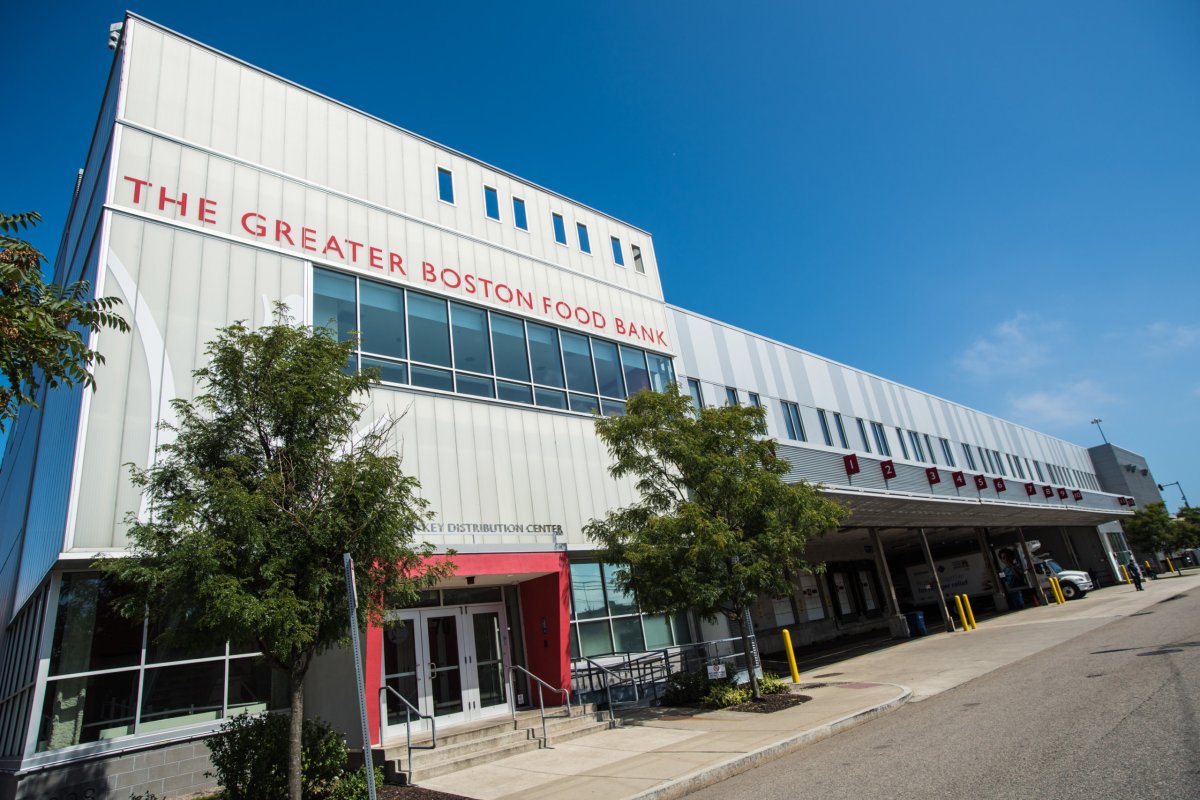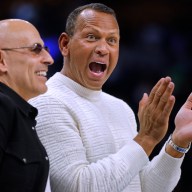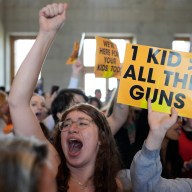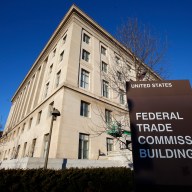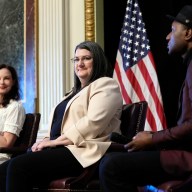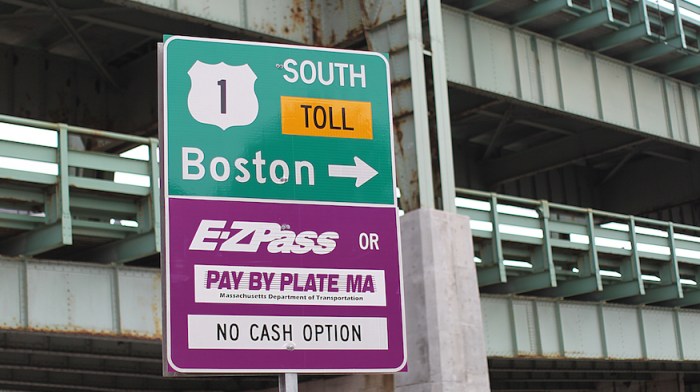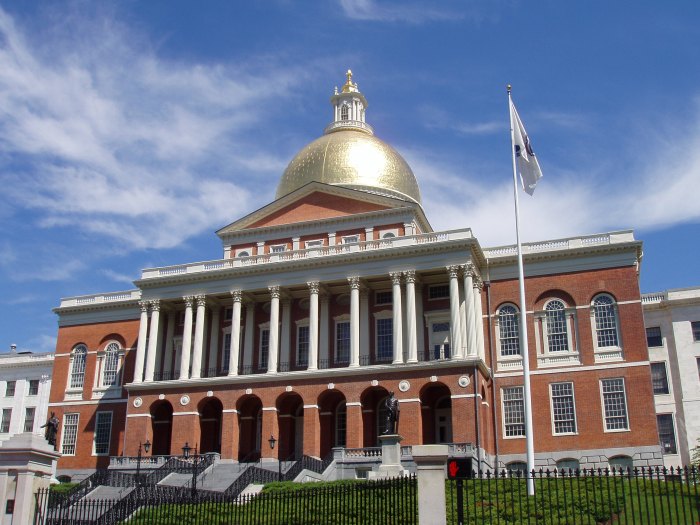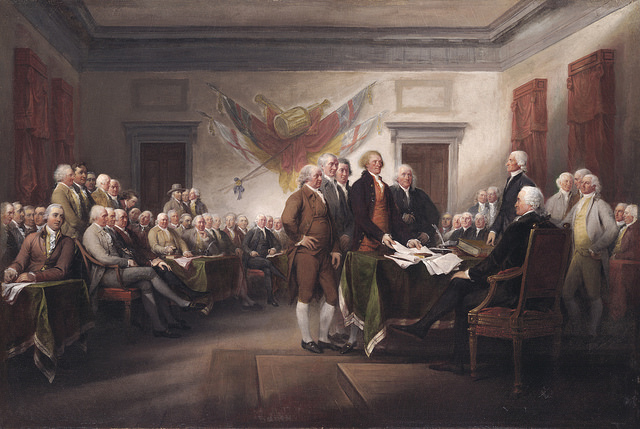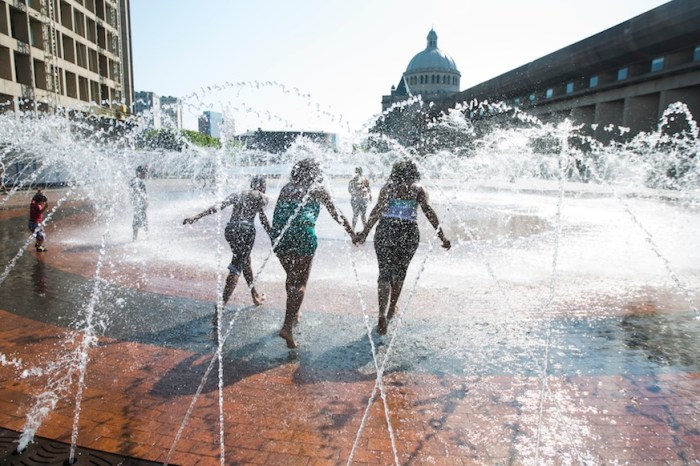One in 10 Eastern Massachusetts residents isn’t sure where their next meal is coming from, according to new data released by the Greater Boston Food Bank.
Though that’s a slight improvement on last year’s analysis, the study also showed that it’s become more expensive for these food-insecure individuals to feed themselves and their families. That means they can’t afford to buy as much food today as they could last year.
“Map the Meal Gap,” a study released this week conducted by Feeding America, a nationwide network of food banks, looked at how much more money food-insecure people would need each week in order to escape hunger.
“Food insecurity means you don’t have enough money to buy the food you need to sustain your family,” said Catherine D’Amato, president and CEO of the Greater Boston Food Bank. “When you’re food insecure … housing, transportation, utilities, all of those become difficult for you. Many times people use their food money to stay afloat in their housing, transportation and so on.”
The gap between what someone needs to adequately afford food and what they currently have is called a food budget shortfall. The average shortfall in Massachusetts is the fifth highest in the country, according to the study. Massachusetts also has the fifth highest average meal cost.
Nationally, the budget shortfall for food-insecure people is $17.38 a week. In Massachusetts, it’s $19.21. In Eastern Massachusetts specifically, it’s $19.97 a week. That number is per person, meaning if you have a family of four, it’s increasingly expensive to make sure everyone is well fed.
“If you don’t have that money, you’re going to go to a food bank,” D’Amato said.
Food insecurity doesn’t just affect those directly struggling with it, D’Amato said. When people in your community are food insecure, it means their health is at risk because they’re not eating often or not eating well and avoiding expenses like fruits and vegetables in favor of cheaper meals like fast food.
“The rising cost of healthcare is where we all feel it,” she said. To D’Amato, food insecurity is as clear a public health issue as smoking or wearing your seatbelt.
“It’s a deeply uncertain time in America where this issue of food insecurity has the potential to be even more significant over the years, depending on what policies come forward,” she said. “If Americans do lose their healthcare coverage, what are they going to do, not eat to be able to pay for a cancer treatment?”
D’Amato said it’s already clear that people are prioritizing paying for expenses like housing, utilities and even child care over paying for healthy food. That is food insecurity, she said, although it may not be obvious to an outsider that the person is struggling. And it’s affecting everyone.
“They’re making trade-offs; They might skip a meal or buy more [simple] carbs than fresh fruits because they don’t have the money,” she said. “People are making choices in order to feed their families, and that has consequences on our health system and their personal health.”

